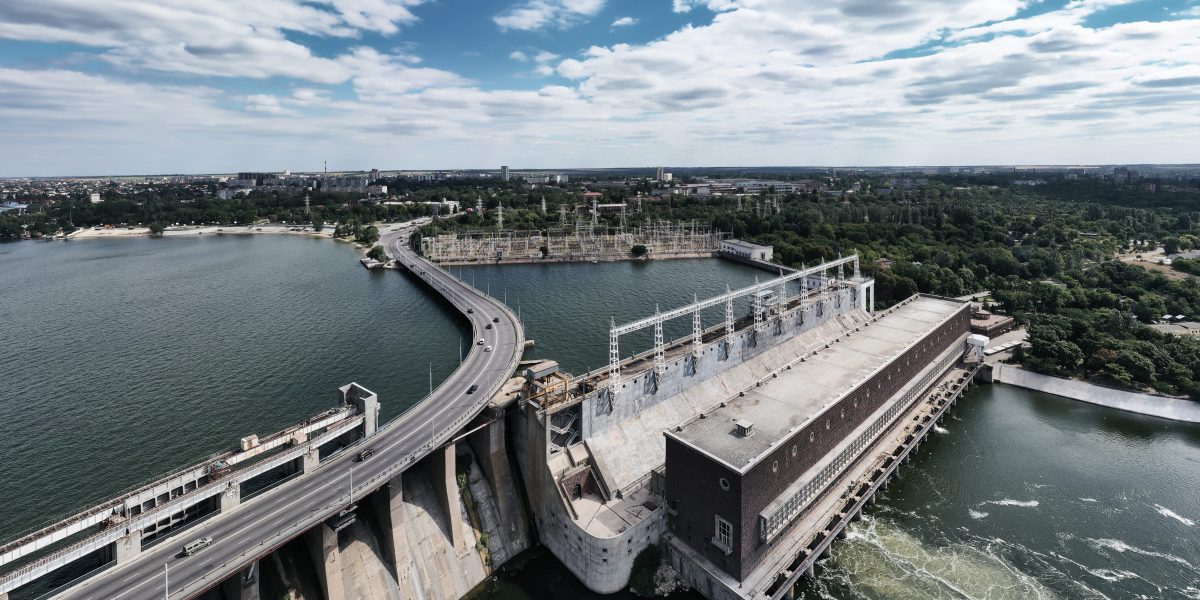
Hydropower Industry
As the world searches for more alternative resources for power generation, the maintenance of hydroelectric power stations will be in constant demand. Water pipes, pump stations, and other hydropower components will require regular maintenance. When power stations falter, it has a direct impact on efficiency and productivity, resulting in costly downtime. Emerging technologies like cold spray technology will play an important role in the maintenance and repair of these utilities as alternative energy production expands.
As of 2021, fossil fuels generated approximately 61% of the United States’ electricity, with another 19% from nuclear sources and 20% from renewable sources, including hydropower. 6.3% of those renewable sources were hydropower alone. Worldwide, there was 1,330 gigawatts (GW) of total hydropower installed capacity in 2020, with the US accounting for 102 GW.
In addition to hydropower’s valuable contribution to hydroelectric power generation, it is also used for pumped storage hydropower (PSH). Hydropower can not only generate electricity, but it can also act as power storage. While other renewable sources ebb and flow with weather changes, hydropower supports grid stability and reliability against fluctuating demand.
A recent, record-setting infusion of federal funds is being directed toward developing technologies in conventional hydro and pumped storage hydropower. This funding is also available for marine energy projects taking advantage of advances in hydrokinetic power using wave energy converter (WEC) or current energy converter (CEC) devices.
Hydropower Industry Challenges
With roughly half of the world’s hydropower capacity installed before 1990, facilities require increasing maintenance and rehabilitation. Sources of new hydropower are considered tapped within the US, requiring maintenance or upgrades of existing plants for increased power generation.
Hydropower operators face challenges including equipment reliability, unplanned outages, reducing costs, and increasing power generation. The cyclical nature of these power plants results in frequent starts and stops, leading to torque fluctuations and ultimately causing cracks, wear, and other dimensional deviations in metal components.
Other metal components or metal-lined structures such as pipelines, aqueducts, turbines, and tunnels exposed to water and humidity will be susceptible to a multitude of corrosion variations as well as structural wear and fatigue.
Cold Spray Solutions for Hydropower Repair and Maintenance
Cold spray is the supersonic deposition of powdered metals, metal alloys, and metal blends onto metallic substrates. This deposition method creates a combined mechanical interlocking and metallurgical bond, which is advantageous over other thermal spray processes.
Why remove parts for repairs in an off-site facility, when it results in costly downtime? VRC’s High-Pressure Cold Spray systems can address hydropower industry challenges by performing on site repairs which can increase equipment reliability and reduce costs. It can also work in parallel with rehabilitation efforts to increase power generation by integrating surface design changes or adding dimensional features to large existing components.
In addition, utilizing this state-of-the-art technology can yield the following results:
- Restoring dimensional features that are no longer within tolerances due to erosion or corrosion by applying nickel, titanium, copper, bronze, or other metals.
- Extending the time between repairs by applying composite powders, increasing resistance to wear and abrasion, imparting lubricity, and improving corrosion performance of the coated surfaces.
- Preventing surface crack formation and growth by strongly bonding to the substrate and imparting compressive residual stresses.
- Decreasing repair time as minimal masking is required, and the portability of the VRC Metal Systems’ HPCS equipment supports repairing components in place.
- Eliminating warping or distortion of the repaired surface as the very low heat input process results in a no heat-affected zone.
- Incorporating design changes or small surface detail enhancements by combining the 3D additive cold spray process and traditional subtractive manufacturing techniques.
- Reducing maintenance and rehabilitation costs by repairing and enhancing existing components and structures instead of replacing them.
VRC Metal Systems is trusted by government organizations and reputable institutions worldwide. With VRC’s High-Pressure Cold Spray systems, you receive expert on-site implementation and maintenance support from highly-trained staff. Request a quote, and one of our Sales Engineers will contact you.
Contact VRC Metal Systems today to find out how cold spray technologies can support your Hydropower industry infrastructure.
our Services
ON-SITE SUPPORT
We provide on-site support for all our services as standard
SYSTEM CALIBRATION
Products can be configured by one of our experienced technicians.
EQUIPMENT LEASE
We offer a variety of equipment lease options for you and your company.
Our trained engineers across the nation offer short & long term solutions for your aircrafts
COLD SPRAY PRODUCTS
Check out all our best selling cold spray products here!
ARTICLES
Read More!


